The Versatility of Cryogenics: 15 Cryogenic Applications
At DSW, we specialise in designing and building cryogenic infrastructures that ensure the most effective and safe use of cryogenic gases. We supply vacuum-insulated transfer lines and quality improvement products to various industries. This article explores the diverse applications of cryogenic technology and its impact across multiple sectors.
Efficient Food Preservation with Cryogenic
Cryogenic Tunnel Freezers: Tunnel freezers are long, closed structures that rapidly cool or freeze large quantities of food products. Liquid nitrogen at -196°C is often used to spray products, quickly curing their surfaces. A cold gas stream passes through the tunnel to cool the products above the freezing point or completely freeze them.
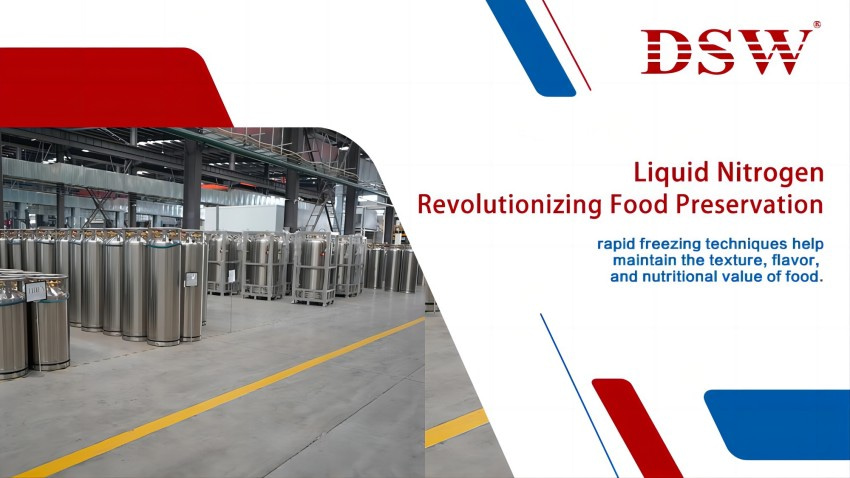
Cooling Trays: Cooling trays, also known as dipping trays, are used to immerse products in liquid nitrogen for instant cooling. This method is ideal for creating thin layers of coatings, such as chocolate or fruit, around ice cream while maintaining the core quality of the product.
Cryogenic Applications in the Medical Industry
Filling Stations: In medical institutions, small amounts of liquid nitrogen are used for treatments like skin lesion removal and sample storage. Filling stations allow staff to fill dewars with liquid nitrogen, ensuring a steady supply and accurate usage monitoring.
Cryogenic Dewars: Cryogenic dewars preserve biological materials like blood cells, stem cells, and embryos through cryopreservation. These are often located in biobanks equipped with vacuum-insulated piping and various connection points.
Cryosaunas: Cryosaunas, used in sports, rehabilitation, and wellness services, expose the body to extremely low temperatures for 2-3 minutes, purportedly improving overall well-being. These are typically cooled with liquid nitrogen vapour or air-cooled using liquid nitrogen.
Advanced Pharmaceutical Preservation
Freeze Dryers: Freeze drying removes water from sensitive pharmaceutical materials like antibiotics and vaccines without affecting their properties. Liquid nitrogen brings the material to low temperatures, followed by vacuum dehydration.
Cryogenic Palletizers: Cryogenic gases are used in granulating probiotics and starter cultures to halt deterioration. Many palletizers feature clean rooms to create an inert working environment, ensuring product quality.
Cooling Boxes in Automotive Shrink Fitting
Precision Engineering with Liquid Nitrogen
Cooling Boxes: In the automotive industry, cooling boxes filled with liquid nitrogen are used for shrink fits. Parts are cooled and shrunk at extremely low temperatures, allowing easy insertion into engine blocks. Upon returning to ambient temperature, the parts expand and anchor firmly.
Enhancing Electronic Reliability
Inert Production Areas: Electronic components are fragile and can be damaged by oxidation, humidity, and high temperatures. Inert production areas replace atmospheric air with non-reactive gases like nitrogen, preventing contamination.
Microchip Testers: Cryogenic gases test electronic devices in environments cooled with liquid nitrogen. These tests determine if microchips can withstand low temperatures, ensuring device reliability.
Uses of Cryogenics in Metal Production
Cooling of Extrusion Matrices for Aluminium: Significant heat is generated during aluminium extrusion, requiring effective cooling. Liquid nitrogen is used to promptly cool extrusion matrices, preventing oxidation and ensuring high-quality end products.
Cryogenic Applications in Space Exploration
Rocket Propellants: Liquid hydrogen and liquid oxygen are rocket fuels due to their high energy density and efficiency. Cryogenic fuels enable space missions by providing the necessary thrust for rockets to escape Earth’s gravity.
Cryogenic Applications in Energy Storage
Cryogenic Energy Storage Systems: Cryogenic energy storage involves liquefying air or nitrogen during periods of low energy demand. The stored cryogenic fluid can later be evaporated to generate electricity during peak demand, offering an efficient and scalable solution for renewable energy storage.
Cryogenic Applications in Biotechnology
Cryopreservation of Biological Samples: Cryogenics is used to preserve biological samples, including cells, tissues, and even organs, at extremely low temperatures. This technique is essential for long-term storage in research and medical applications, maintaining the viability of biological materials.
Cryogenic Applications in Environmental Science
Ice Core Drilling: Cryogenic technology is employed to study past climate conditions in ice core drilling. Scientists can analyse trapped air bubbles and other inclusions by extracting ice cores from glaciers and polar ice caps to understand historical climate data.
Cryogenic Applications in Quantum Computing
Superconducting Qubits: Quantum computers use superconducting qubits operating at cryogenic temperatures to minimise thermal noise and improve coherence times. This enables the development of more powerful and efficient quantum computers, pushing the boundaries of computational capabilities.
Conclusion
Cryogenic engineering’s versatility spans numerous industries, from food and medical to automotive and electronics and beyond. At DSW, we pride ourselves on providing tailored cryogenic solutions for each sector’s unique needs, contributing to innovation and efficiency. For more information about our cryogenic products and applications, please get in touch with us or explore our offerings online.

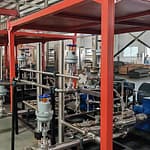
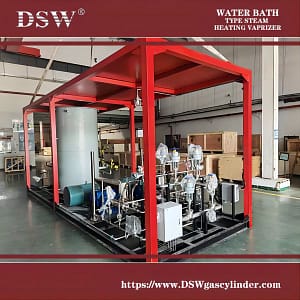

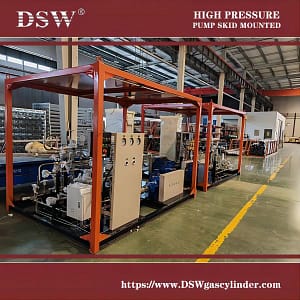
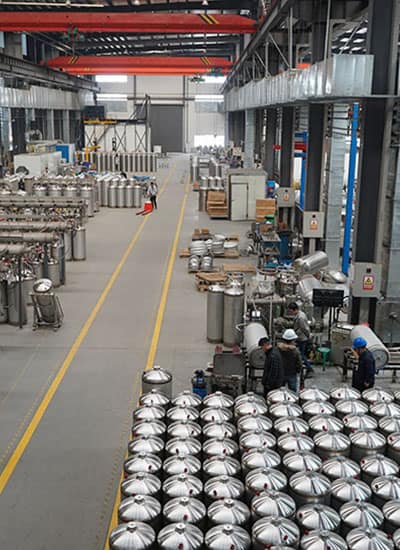
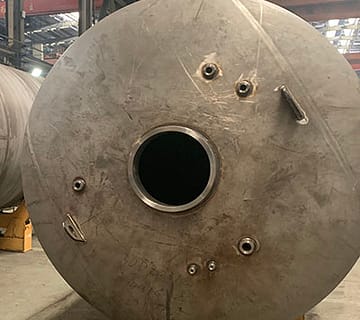
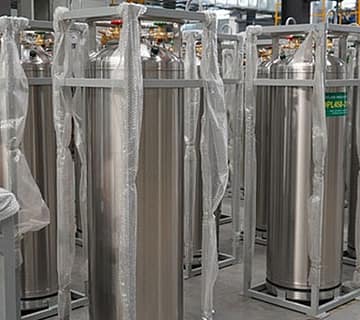

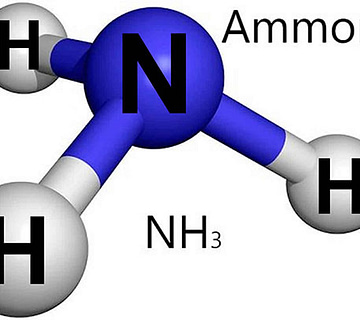
No comment